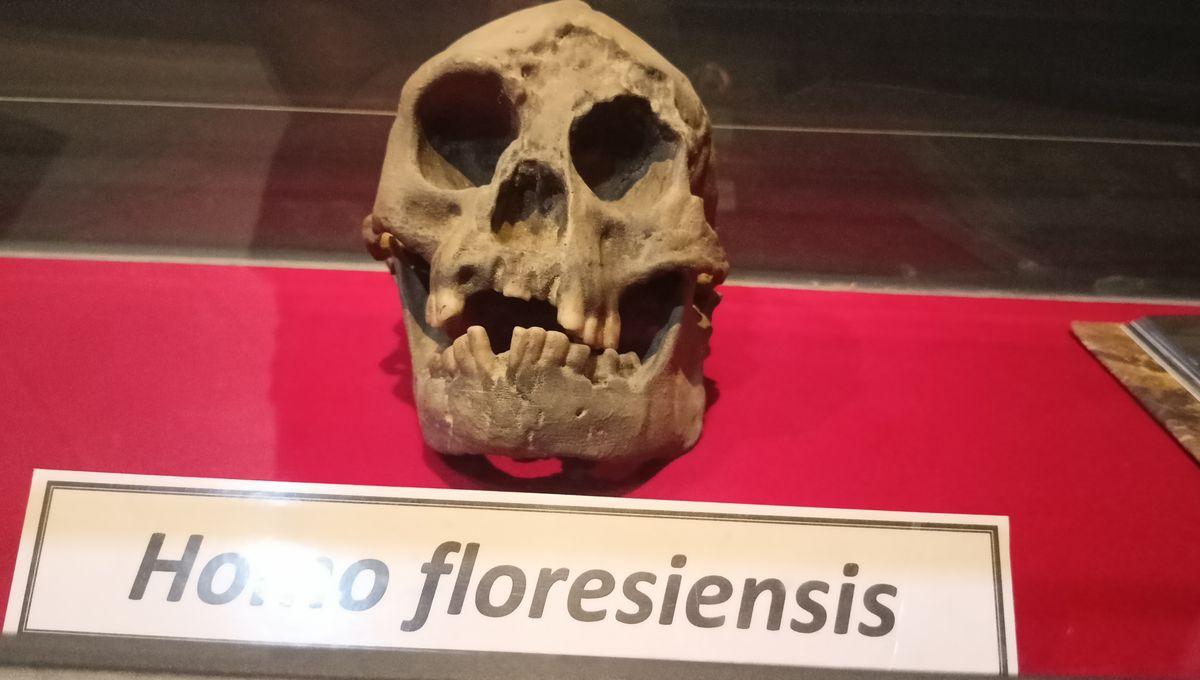-
Noticias Feed
- EXPLORE
-
Páginas
-
Blogs
-
Foros
We May Finally Know How The "Hobbit" Humans Got So Small

We May Finally Know How The "Hobbit" Humans Got So Small
Until about 60,000 years ago, the Indonesian island of Flores was home to a miniature hominin species called Homo floresiensis – otherwise known as the Hobbit humans. The discovery of this petite primate in 2004 sent palaeontologists into a bit of a spin, as the species breaks one of the golden rules of human evolution – namely, that our brains got bigger over time.
The rest of this article is behind a paywall. Please sign in or subscribe to access the full content. Despite co-existing with large-brained hominins like Neanderthals and Homo sapiens (that’s us), H. floresiensis had an endocranial volume that was about one-third the size of ours, which means its brain was roughly on a par with that of a chimpanzee. Prior to this realization, researchers thought that our evolving intelligence was largely linked to an increase in brain size, yet the Hobbits and their tiny noggins were apparently capable of making tools and using fire. To learn more about these human anomalies, researchers have been studying their teeth. Weird as it may sound, there’s actually a very neat correlation between the size of the third molar – or wisdom tooth – and the brain. Over the course of human evolution, this particular tooth has shrunk in step with increases in brain size. New research shows that the Hobbits’ wisdom teeth were small – roughly similar in size to those of Neanderthals. This means that their brains should also be more or less Neanderthalic, yet for some reason, they are much smaller. According to the study authors, teeth develop early in gestation, so the Hobbits’ small molars suggest that, as fetuses, these strange extinct hominids were indeed on track to grow large brains. This, in turn, implies that the processes that halted this growth must have happened after birth rather than in the womb. In an attempt to illuminate these mechanisms, the researchers looked at modern humans with arrested growth. For instance, people with Laron syndrome typically have short bodies and proportionately small heads due to a deficiency in a particular growth factor called IGF-1. The fact that the wisdom teeth are unaffected by this condition, however, suggests that the impact of low IGF-1 on growth takes effect postnatally. In the Hobbits’ case, the shift towards smaller overall body size probably represents a phenomenon called insular nanism, whereby limited resource availability and a lack of large predators in island habitats favor a reduction in stature. According to the study authors, the fact that this reduction in growth occurs postnatally suggests that the process may be mediated by low levels of IGF-1. This, they say, would have caused H. floresiensis to develop miniature bodies and brains without detracting from their cognitive abilities, thus solving the riddle of how the Hobbits got so small. The study is published in the Annals of Human Biology.


